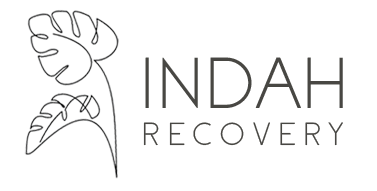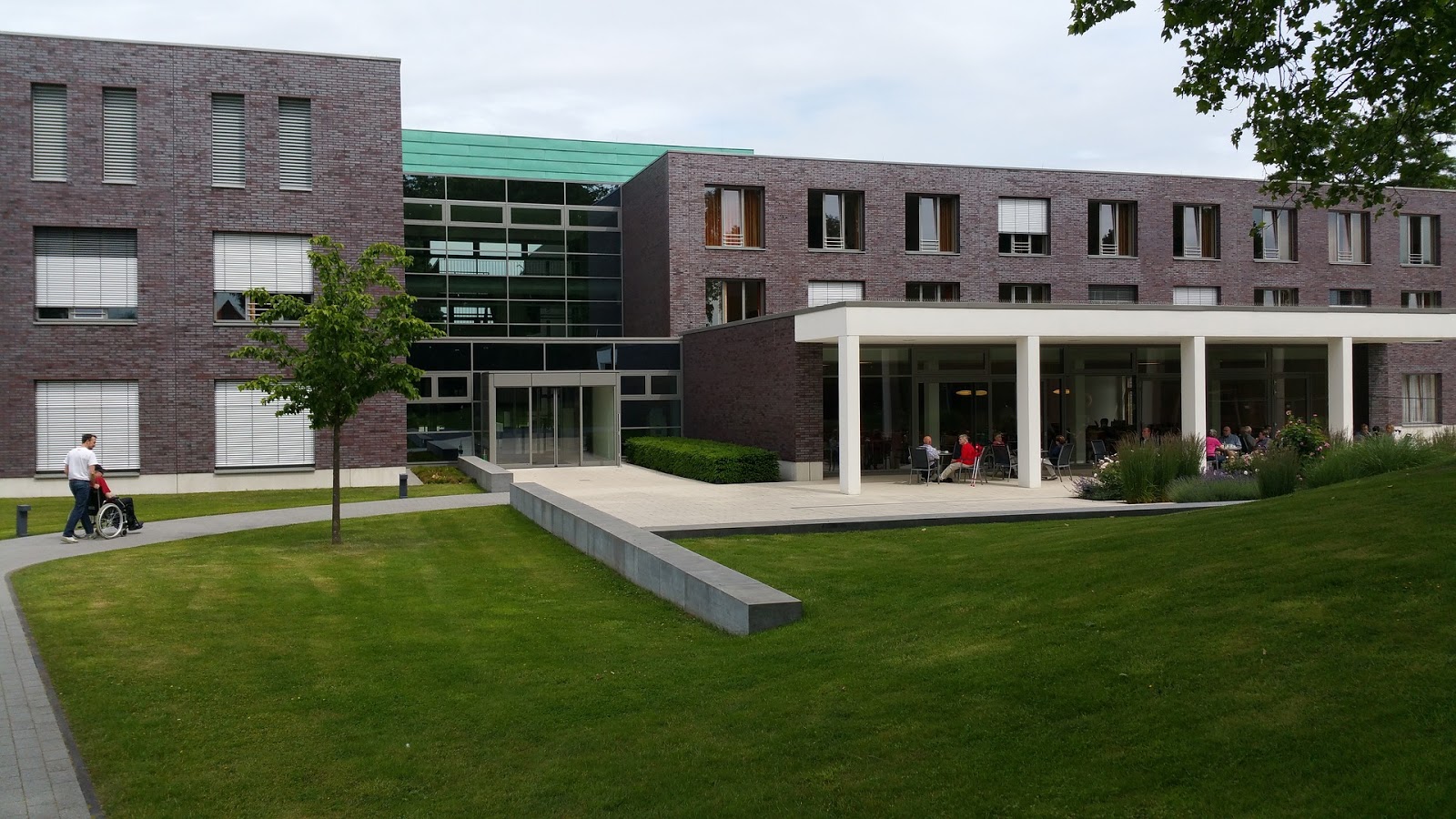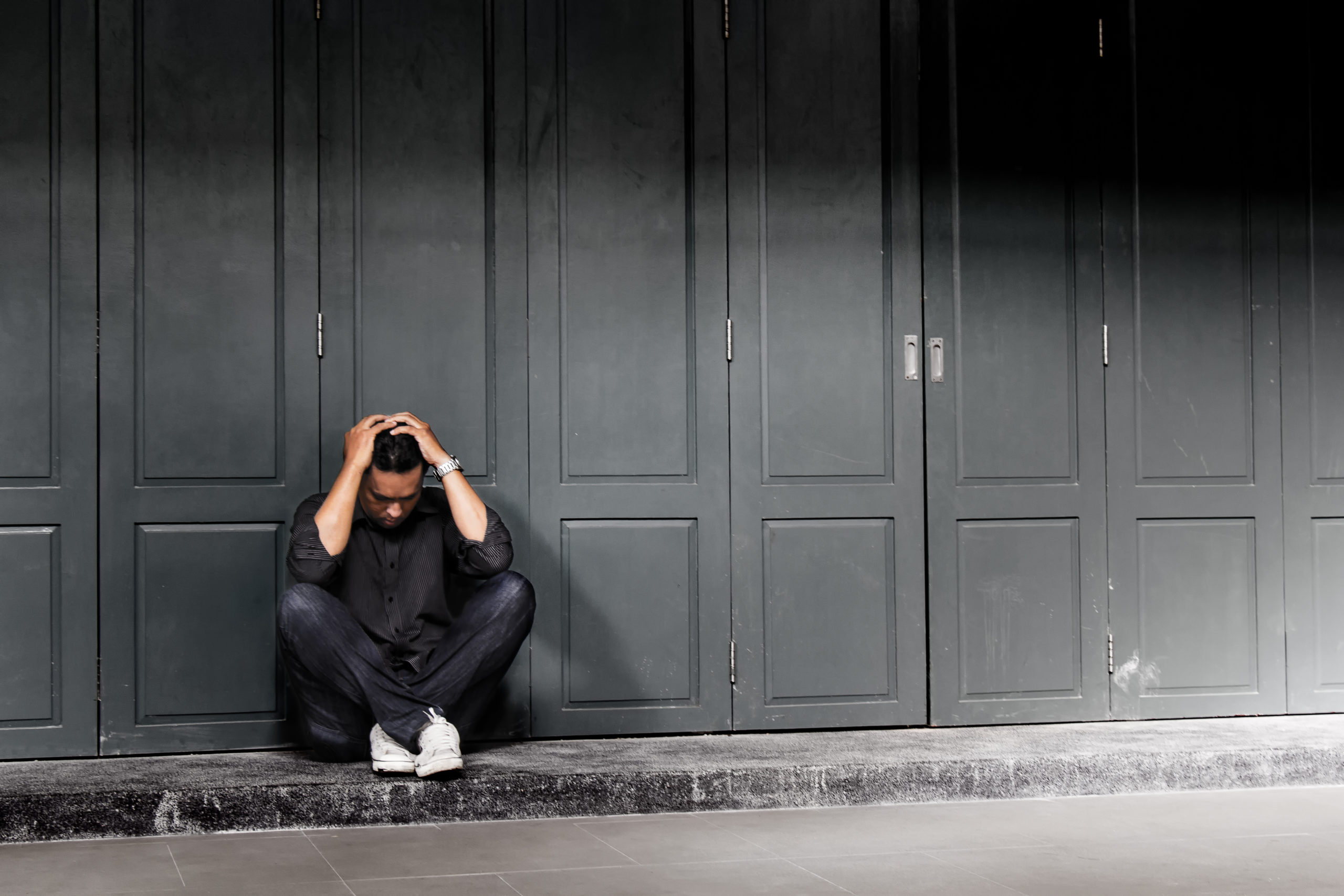Planning to attend a drug rehabilitation program is one of the most important decisions you’ll ever make. Like most important decisions, it is complicated and nuanced. It’s not as easy as finding the nearest place and packing a bag.
You might have some financial obligations you need to meet before you can begin your stay in rehab. Paying your rent and bills ahead of time becomes a factor in determining how much rehabilitation will ultimately cost. If you need help with childcare or a pet sitter while you’re away, this will also become a part of your larger expense.
The cost of the rehabilitation program itself will vary according to a multitude of factors. The kind of treatment program you choose, the duration of your stay, and the management of your aftercare will become the total sum you can expect to set aside for your recovery.
The Different Methods of Rehabilitation
Addiction treatment can be approached in many different ways. Not every approach will work for every person, and some people may require a specific approach for their safety during the withdrawal process. Each type of treatment comes at different costs.
Outpatient Therapies
Many people utilize outpatient therapies or groups to help them overcome their addictions. These groups can either be therapeutic groups that operate for free, or private therapies that come at the price of normal therapy sessions. Although useful for many people battling addiction, these outpatient therapies are not usually the best course of action for drug addicts.
Groups or therapies that meet weekly do not thoroughly address addiction from all angles. They do not provide support for safe detoxification from drugs, and there is generally no medical staff involved, meaning you cannot be evaluated for your health or treated for your withdrawal symptoms.
Outpatient therapies and groups are better for people who have already attended an inpatient or residential rehabilitation program. They provide a valuable safe space for people committed to maintaining their sobriety to discuss their struggles and unburden their minds in an empathetic environment.
While outpatient therapies and groups are something worth considering, they should never be your first consideration for safe addiction treatment. In the middle of addiction, a greater level of care is needed for your safety and stability. The groups will still be there to provide additional support after you’ve completed a thorough and intensive rehabilitation program. Visit them then.
Inpatient Drug Rehabilitation
Inpatient drug rehabilitation is a shorter-term drug treatment program that takes place almost exclusively in a medical setting. These programs are designed to help patients safely withdraw from drugs or alcohol while providing the mind and body with the support they need to endure these rigors.
Patients in inpatient rehabilitation programs are closely monitored around the clock. Vital functions are consistently monitored. The patient is adequately hydrated and properly nourished throughout the process. Your needs will be seen to until you’re medically cleared.
When the drugs have left the system and the patient is considered stable, he or she is sent elsewhere. When you attend an inpatient drug rehabilitation program, expect to stay for at least one week. Some programs are ten days, and others as long as a month. It all depends on the services the inpatient facility provides. When you’re stable, you may be referred to outpatient therapy or a continuation of your treatment through alternative means.
These facilities are not intended for long-term use. Patients with medical complications during recovery may stay longer than other patients, but they’re meant to leave when a doctor declares it’s safe.
Residential Drug Rehabilitation
Residential drug rehabilitation requires living in a facility. You may live there for two weeks or you may live there for three months. It all depends on the severity of your addiction and the progress you make through therapeutic treatment and careful medical supervision.
Residential drug rehabilitation incorporates individual and group therapy with medical monitoring and safe detoxification, but expands upon the rehabilitation process. You’ll experience the benefits of outpatient and inpatient treatment simultaneously, but at an elevated level.
Residential drug treatment is designed to mimic home living as much as possible. You’ll be staying there for quite some time, and most facilities understand how hard it is to be away from the comforts of home for so long.
Many people would describe a residential drug rehabilitation environment as similar to renting a fully furnished apartment, or visiting an AirBnB or luxury hotel. It’s not cold, sterile, or medical. It’s made to be a cozy, warm, and beautifully decorated environment.
Patients are discharged from residential drug rehabilitation programs only when the patient and the care team agree that they’re ready to enter the world with minimal risk of relapse. They typically leave with an aftercare program designed to help them maintain their sobriety, as well as a plan for their goals, ambitions, and futures. They leave with a lot of homework and a roadmap for a successful, healthy life.
Choosing the Right Rehabilitation Program
While the typical inpatient care facility will provide a high quality of care, these kinds of programs aren’t nearly as focused on the long term outcome of the patient. If you feel as though you require more than safe detoxification and a few basic building blocks for recovery, a residential inpatient program is more likely to suit your needs.
When your health is on the line, it’s better to over-prepare. You’ll want to be as thorough as possible with your recovery to reduce the risk of relapse. Inexpensive, short-term inpatient treatment won’t really be saving you money if you need to go back one or two more times before you’re fully committed to a sustainable sober lifestyle.
The Costs of Drug Rehabilitation
Free outpatient programs can provide a certain level of support, but they should never be used in place of actual accredited full service rehabilitation centers. The cost of inpatient drug rehabilitation is usually discussed up front.
The national average cost for inpatient drug rehabilitation for an opioid user was $16,000 in 2016. This seems like a lot, but heavy opioid users can spend as much as $72,000 a year on drugs, making rehab substantially less expensive than addiction. It technically pays for itself. By diverting the funds you use to pay for your addiction, you can pay for treatment and buy a new Corvette with cash.
Long term residential treatment has a tendency to cost more than the average inpatient program, mostly because it lasts longer. The cost of residential treatment will usually be the difference of the Corvette — it’s typically equivalent to what a heavy user might spend on street drugs in a year.
Thankfully, many rehabilitation facilities accept insurance. If you have health insurance, this may substantially offset your costs. Speak to someone at each facility you’re considering about what insurance plans they accept and how much you might expect to spend out of pocket. Prices can vary significantly and will likely go up if you choose an extended stay program.
Ongoing Support Following Your Completion of the Program
Choosing a treatment center with an aftercare program is ideal. You’ll continue to receive support even after you’ve left the program and have returned to life on the outside world. This continued support can help you remain focused on your recovery, giving you a place to discuss feelings and urges that may arise when you return to your day to day life.
Aftercare plans might include returning to the facility for therapy with the same team that treated you during your recovery, or it might include referrals to an outside therapist who works with individuals who have completed that specific program.
It might also involve attending “anonymous” meetings or support groups for others who have endured the same or a similar addiction journey. Some forms of aftercare will cost money, while others are free. If you have insurance, regularly visiting a therapist as part of your aftercare may be completely covered by your plan.
Conclusion
While good rehab isn’t inexpensive, it’s a necessary cost. You wouldn’t purchase an unsafe car or live in a run-down home if you could afford otherwise, and you shouldn’t attend a subpar rehabilitation facility without the proper credentials and medically trained staff who will assist you in your time of need. Certified and accredited rehabilitation centers are a cost well-justified.
Consider how much your health, freedom, and happiness are worth. You can spend the money to fuel the addiction that acts as a barrier to wellbeing, or you can spend the money taking care of yourself.
Sources:
https://www.apa.org/topics/group-therapy
https://www.rand.org/news/press/2019/08/20.html
https://www.webmd.com/mental-health/addiction/features/life-after-rehab#1






